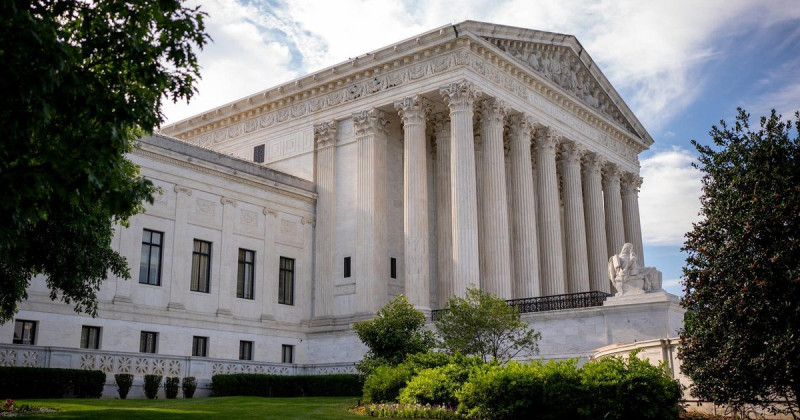In a landmark unanimous decision, the U.S. Supreme Court has made it significantly easier for employees to bring "reverse discrimination" claims, ruling in favor of Marlean Ames, a straight woman who alleged she was denied a promotion and later demoted due to her sexual orientation.
Ames, who worked for the Ohio Department of Youth Services, claimed she was passed over for a promotion in favor of a lesbian colleague and subsequently demoted, with her former role filled by a gay man. Lower courts had previously dismissed her case, requiring plaintiffs from majority groups—like heterosexuals or white individuals—to meet a higher bar by showing “background circumstances” of discrimination against their group.
Justice Ketanji Brown Jackson, writing for the Court, rejected this heightened standard. The ruling clarified that federal anti-discrimination laws protect every individual, regardless of whether they belong to a minority or majority group. The justices sent Ames’s case back to the lower courts, instructing them to apply the same standard used for all discrimination claims: plaintiffs must only show enough evidence to suggest their employer intended to discriminate, not prove a broader pattern against their group.
This decision could have sweeping implications nationwide, especially in regions where courts previously required more from majority-group plaintiffs. It opens the door for more reverse discrimination lawsuits and may impact how employers handle workplace diversity and promotion decisions moving forward.


